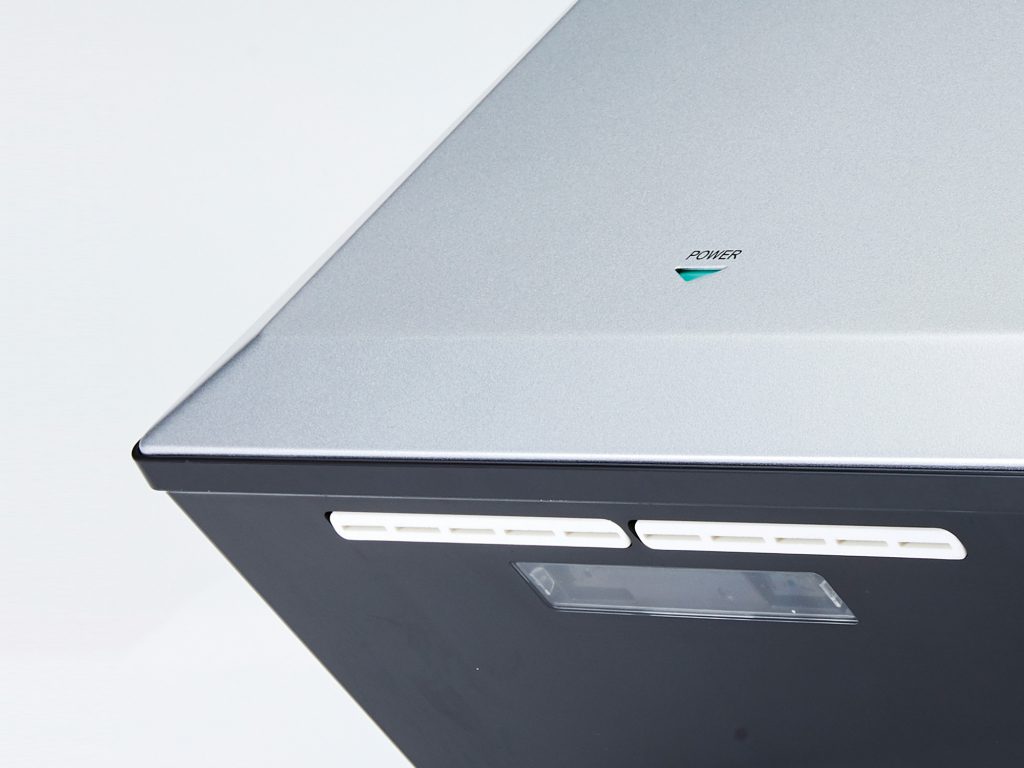More Effective Modern Hand Dryers
Over the past few years, the importance of good hand hygiene has been at the forefront of people’s approach to controlling the spread of germs in the workplace. Regular handwashing is important in all workplaces and schools to stop infections. From preventing the contamination of food during preparation in a restaurant kitchen, through to preventing transmissible illnesses in schools and offices, people are more acutely aware than ever of the need to protect themselves and those around them.
Hand dryers play a key role in good hygiene and are found in most public bathrooms around the country, but some older designs can be less effective at preventing the spread of germs, and in some cases, can even contribute to it.
Can hand dryers spread germs
One of the key ways in which germs can spread from person to person is indirect contact. If one person has a contaminant on their hand and touches a surface, they can deposit bacteria that will eventually be picked up by the next person to make contact with that surface. The number of surfaces we touch every day is high. From door handles and desks to taps and tables, we touch hundreds of spaces where bacteria can reside every day.
An often-overlooked surface is the switch for older hand dryers. Many warm air hand dryers work after the user presses a button to turn the fan and heater on. This button may be touched hundreds of times each day, and usually by people with moisture on their fingertips that makes it easier for germs to survive. If people have not washed their hands thoroughly, there can be many different bacteria growing on the button between cleaning cycles and these can be easily transmitted from one person to the next.
Modern automatic hand dryers use a sensor to detect when a user has placed their hands in the drying area, and this automatically switches on the fans. If a no-touch hand dryer design is combined with antibacterial materials in the outer surfaces of the hand dryer as is the case with the Mitsubishi Electric Wave range, the opportunity for bacteria to spread is limited.

